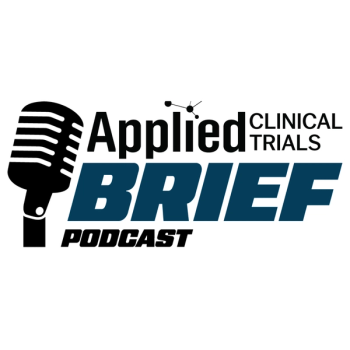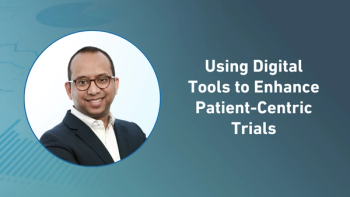
Orphan Drug Prices Facing Increased Scrutiny after Historic Year for Approvals, says GlobalData Analyst
Research and consulting firm GlobalData says the FDA approved an all-time record number of 17 orphan drugs during 2014
Orphan Drug Prices Facing Increased Scrutiny after Historic Year for Approvals, says GlobalData Analyst
LONDON, UK (GlobalData), 20 January 2015 - With the US Food and Drug Administration (FDA) approving an all-time record number of orphan drugs during 2014, the pricing of these treatments is set to come under increased scrutiny, says an analyst with research and consulting firm GlobalData. According to Adam Dion, MS, Industry Analyst for GlobalData, Big Pharma has shifted its focus from large patient populations in established therapeutic areas, such as cardiovascular diseases and diabetes, to developing orphan drugs for rare diseases, which constituted 17 of the 41 new molecular entities approved by the FDA last year. Dion explains: “The need for product pipeline replenishment, quicker access to commercialization revenues and attractive selling prices may partly explain this new-found infatuation with orphan drugs. “Orphan drug developers generally see significant return on investment due to lower clinical trial costs, particularly in Phase III where patient recruitment is much smaller. Approval times are also usually faster, because these treatments tend to receive Priority Review from the FDA.” The analyst adds that with the additional benefits of a seven-year minimum of marketing exclusivity in the US (10 years in the EU) from date of approval, tax credits and grants for conducting clinical trials, and a waiver of user fees, developing orphan drugs makes both strategic and financial sense. However, Dion notes that while the rare disease sector may appear to be increasingly lucrative for pharmaceutical companies, some orphan drug prices have recently reached new unprecedented levels. Their affordability has therefore become a significant issue for payers, particularly as governments all over the world are seeing their healthcare system costs explode. Dion comments: “Amgen recently came under fire when it announced in December that its new acute lymphoblastic leukemia drug Blincyto will cost $178,000 per patient, surpassing Merck’s Keytruda, which is priced at $150,000 per year, as the top price for a cancer treatment. “This situation is now starting to raise some very tough questions about whether orphan drug prices are justifiable and even sustainable over the long term.”
Newsletter
Stay current in clinical research with Applied Clinical Trials, providing expert insights, regulatory updates, and practical strategies for successful clinical trial design and execution.





.png)



.png)



.png)
.png)
